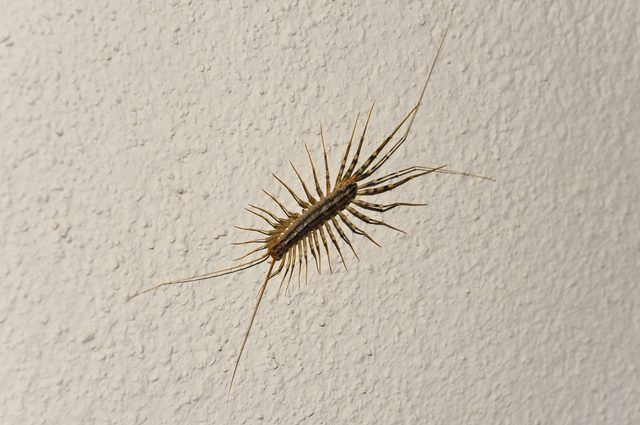Bulbs
Flower Basics
Flower Beds & Specialty Gardens
Flower Garden
Garden Furniture
Garden Gnomes
Garden Seeds
Garden Sheds
Garden Statues
Garden Tools & Supplies
Gardening Basics
Green & Organic
Groundcovers & Vines
Growing Annuals
Growing Basil
Growing Beans
Growing Berries
Growing Blueberries
Growing Cactus
Growing Corn
Growing Cotton
Growing Edibles
Growing Flowers
Growing Garlic
Growing Grapes
Growing Grass
Growing Herbs
Growing Jasmine
Growing Mint
Growing Mushrooms
Orchids
Growing Peanuts
Growing Perennials
Growing Plants
Growing Rosemary
Growing Roses
Growing Strawberries
Growing Sunflowers
Growing Thyme
Growing Tomatoes
Growing Tulips
Growing Vegetables
Herb Basics
Herb Garden
Indoor Growing
Landscaping Basics
Landscaping Patios
Landscaping Plants
Landscaping Shrubs
Landscaping Trees
Landscaping Walks & Pathways
Lawn Basics
Lawn Maintenance
Lawn Mowers
Lawn Ornaments
Lawn Planting
Lawn Tools
Outdoor Growing
Overall Landscape Planning
Pests, Weeds & Problems
Plant Basics
Rock Garden
Rose Garden
Shrubs
Soil
Specialty Gardens
Trees
Vegetable Garden
Yard Maintenance
How to Get Rid of House Centipedes
How to Get Rid of House Centipedes. House centipedes (Scutigera coleoptrera) are Mediterranean natives that thrive in humid environments. Although considered beneficial arthropods because they eat large amounts of pest insects, their strange appearance and furtive actions can make homeowners unwilling to share indoor space with the creatures....

House centipedes (Scutigera coleoptrera) are Mediterranean natives that thrive in humid environments. Although considered beneficial arthropods because they eat large amounts of pest insects, their strange appearance and furtive actions can make homeowners unwilling to share indoor space with the creatures. Several management options can help you get rid of house centipedes if they become a nuisance.
Description
House centipedes have rounded heads, long antenna and flat, yellow-gray bodies that reach 1 to 2 inches in length. Each adult sports 15 pairs of 1/2-inch-long legs. The last pair of legs is about twice as long as the body and is used to "lasso" prey, particularly silverfish, termites, spiders and roaches. House centipedes pose no threat to pet or human health and won't damage any household goods, plants or food. They typically don't bite unless threatened, and their small, weak jaws have trouble penetrating skin. Centipedes aren't really insects, but rather distant relatives of shrimp and lobsters. Although they live on dry land, they still need very moist air to survive.
Reduce Humidity
Because centipedes require moist environments, you'll most commonly find them in damp basements, cellars and bathrooms. Setting up dehumidifiers in moist areas can reduce air humidity enough to make house centipedes leave. Further reduce moisture levels by inspecting water pipes, faucets and HVAC units, fixing any drips or leaks that you find. Adjust lawn sprinklers so the water doesn't puddle around your home's foundation.
Get Rid of Outdoor Clutter
Eliminating potential outdoor hiding and breeding spots that lie close to your home's foundation can keep house centipedes from wandering indoors. Because house centipedes prefer moist shade provided by organic materials, this means cleaning up grass clippings, compost, rock, mulch, leaves and wood piles. If you must use mulch in a flowerbed that touches the foundation, regularly turn the material so it has a chance to dry out. Consider laying a band of gravel between the mulch and your house to keep the foundation dry.
Seal Entry Points
Centipedes frequently make their way inside homes by crawling beneath doors, slipping through window gaps or shimmying through small cracks in the foundation wall. Make sure your windows and doors fit snugly by caulking around the edges. Installing snug-fitting thresholds on all exterior doors can also keep house centipedes outdoors, especially if you caulk along the outside edges of the threshold. Make sure your window screens fit tightly and have no tears or little gaps. Use the appropriate filling material to repair cracks in the foundation wall.
Use Diatomaceous Earth
Diatomaceous earth is an inorganic pesticide that kills any insect that consumes or touches it within two days. Use a powder duster or hand duster to spread a thin, uniform layer of dust around baseboards and in the corners of rooms with high humidity levels. Dust cracks and crevices on the foundation wall and around exterior windows, doors and vent openings. Experts at the Missouri Botanical Garden recommend applying a 3-foot band of diatomaceous earth on the soil around your home's foundation. Diatomaceous earth remains effective as long as it stays dry. Replace the product as needed.
Diatomaceous earth can cause skin and eye irritation. Wear protective eyewear, rubber gloves and a dust mask to reduce your risk of exposure. Use the product only in areas where kids and pets don't wander.